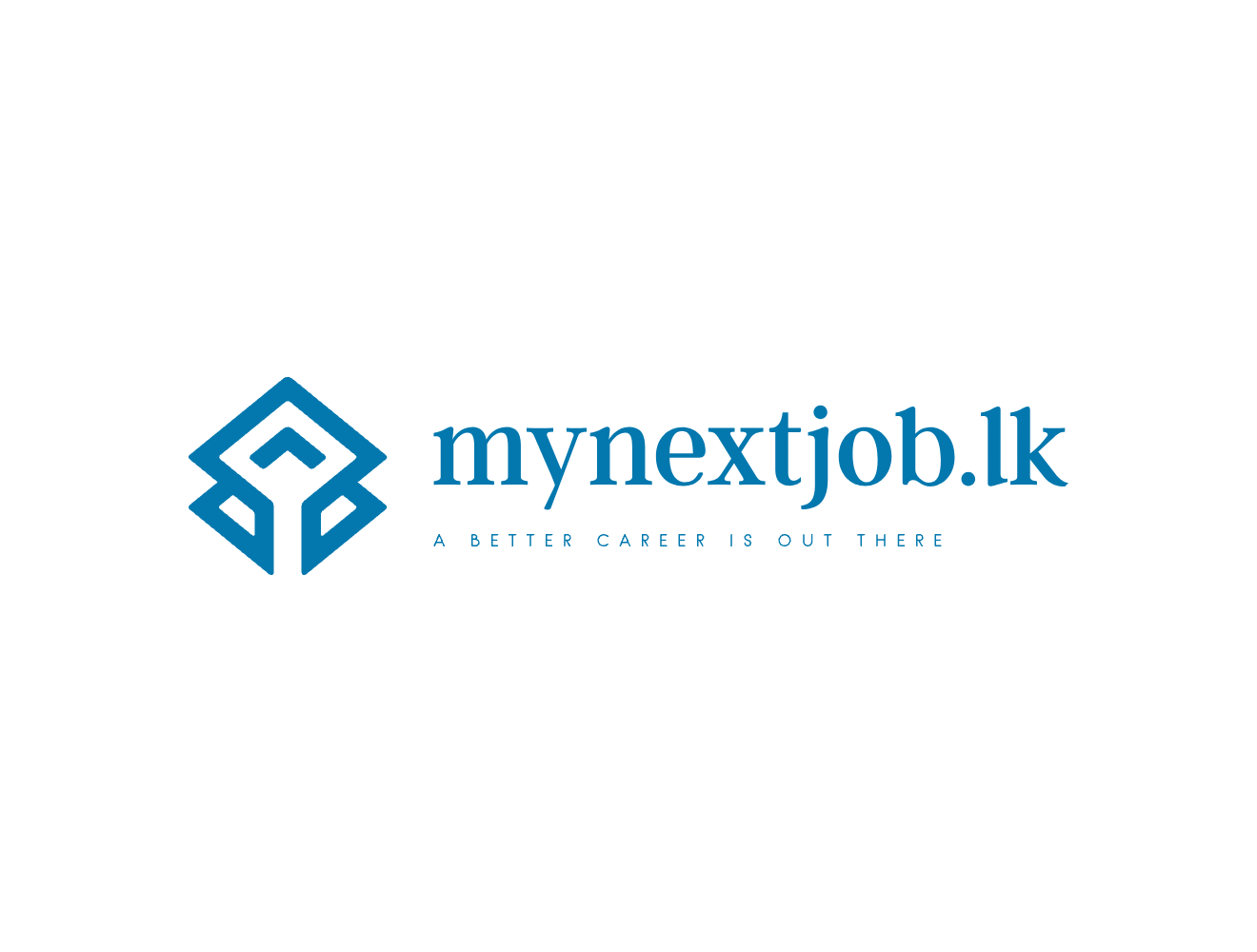Understanding Legal Compliance in HR
Legal compliance in HR refers to the adherence to a myriad of laws, regulations, and standards that govern how employers must treat their employees. These legal frameworks ensure that human resources practices align with legal mandates, fostering a lawful and ethical workplace. HR professionals are responsible for staying well-informed about these regulations to maintain compliance and mitigate the risk of legal repercussions.
One cornerstone of HR legal compliance is labor law. Labor laws encompass a wide range of regulations, including the Fair Labor Standards Act (FLSA), which sets standards for minimum wage, overtime pay, and child labor. The National Labor Relations Act (NLRA) protects employees’ rights to collective bargaining and addresses unfair labor practices. Additionally, the Family and Medical Leave Act (FMLA) provides employees with job-protected, unpaid leave for specified family and medical reasons.
Anti-discrimination regulations are equally critical. Laws such as Title VII of the Civil Rights Act, the Americans with Disabilities Act (ADA), and the Age Discrimination in Employment Act (ADEA) prohibit discrimination based on race, color, religion, sex, national origin, disability, and age. These laws require HR professionals to implement fair employment practices and promote diversity and inclusion in the workplace.
Workplace safety standards, mandated by the Occupational Safety and Health Administration (OSHA), are designed to ensure a safe working environment for all employees. Compliance with OSHA regulations requires HR professionals to develop and enforce safety protocols, conduct regular training, and address any hazards promptly.
In the digital era, data protection legislation, such as the General Data Protection Regulation (GDPR) and the California Consumer Privacy Act (CCPA), has become increasingly important. HR departments must protect sensitive employee information, implement robust data privacy policies, and ensure that personal data is handled in accordance with legal requirements.
Understanding these key legal frameworks is fundamental for HR professionals to maintain a compliant workplace. By ensuring adherence to labor laws, anti-discrimination regulations, workplace safety standards, and data protection legislations, HR can foster a lawful, ethical, and fair environment that promotes the well-being of all employees while protecting the organization from potential legal issues.
Common Legal Challenges in HR
Human resources departments face numerous legal challenges in their daily operations. One prevalent issue is improper employee classification. Misclassifying employees as independent contractors can lead to severe legal consequences, including back pay, fines, and penalties. Accurate classification ensures compliance with wage and hour laws and prevents potential litigation.
Handling allegations of workplace harassment and discrimination is another significant challenge. HR must address such complaints promptly and thoroughly to comply with laws and to maintain a safe and respectful work environment. Failure to act can result in lawsuits and substantial settlements, impacting the company’s financial health and reputation.
Wage and hour compliance is also a critical area. This includes ensuring that employees receive appropriate pay for overtime, adhering to minimum wage laws, and maintaining accurate timekeeping records. Non-compliance can result in hefty fines and back wages, as exemplified by various high-profile cases where companies have faced multimillion-dollar penalties.
Maintaining accurate and up-to-date employee records is essential for organizational efficiency and legal compliance. Incomplete or outdated records can hinder the ability to prove compliance during audits or legal disputes. HR departments must implement systematic record-keeping practices to avoid these potential pitfalls.
The consequences of non-compliance extend notably beyond financial penalties. Legal disputes can damage a company’s reputation, affecting its ability to attract and retain top talent. Furthermore, regulatory bodies may conduct more frequent and stringent inspections, adding to the operational burden.
To address these challenges proactively, HR departments should invest in continuous training and stay updated with changes in employment laws. Implementing comprehensive policies and procedures, conducting regular audits, and fostering an open-door policy for employee concerns can mitigate the risks associated with legal non-compliance.
By understanding and addressing these common legal challenges, HR can safeguard the organization against potential legal and financial repercussions while promoting a fair and compliant work environment.
Best Practices for Legal Compliance in HR
To navigate the complexities of legal compliance within human resources, organizations must adopt a range of best practices that ensure adherence to all applicable laws and regulations. First and foremost, developing comprehensive HR policies and procedures that are aligned with current legal standards is crucial. These policies should be meticulously drafted to cover all aspects of employment, including recruitment, discrimination, harassment, workplace safety, and employee termination, among others. Regularly reviewing and updating these documents will help ensure they remain compliant with evolving legislation.
Another vital practice is conducting regular training and awareness programs for both employees and management. These programs should focus on educating staff about their legal rights and responsibilities, emphasizing key topics such as anti-discrimination laws, workplace safety standards, and ethical behavior. Training initiatives not only foster a more informed workforce but also mitigate the risk of legal infractions that can result from ignorance or misunderstandings of legal mandates.
Robust record-keeping and audit practices form another cornerstone of legal compliance in HR. Maintaining meticulous records of employee information, training certifications, compliance audits, and incident reports is essential. These records not only demonstrate adherence to legal requirements but also serve as valuable evidence in the event of audits or legal disputes. Implementing a reliable system for tracking and archiving these documents will facilitate easy access and retrieval when necessary.
Keeping abreast of changes in legislation is also imperative. HR professionals must subscribe to legal updates, attend relevant seminars, and participate in professional networks to stay informed about new laws and regulations. This proactive approach enables organizations to promptly update their HR policies and procedures to maintain compliance.
Successful real-world examples of these best practices include companies like Google, which has robust HR policies that are continuously updated, and Walmart, which places a strong emphasis on compliance training and awareness programs. These organizations illustrate how a commitment to legal compliance can be effectively integrated into the fabric of corporate governance.
Leveraging Technology for HR Compliance
In today’s rapidly evolving business environment, leveraging technology is crucial for ensuring legal compliance in human resources. The utilization of advanced HR software solutions can significantly simplify the management of compliance tasks. These tools play a vital role in automating complex processes, ensuring accuracy, and reducing the likelihood of human error.
One of the primary areas where technology benefits HR compliance is payroll management. Automated payroll systems ensure that employees are compensated accurately and on time, while also maintaining adherence to relevant tax laws and employment regulations. By automating these processes, organizations can mitigate the risk of non-compliance due to manual errors and oversight. For example, modern payroll platforms can automatically calculate deductions, tax withholdings, and handle filings, thereby streamlining what was previously a labor-intensive task.
Compliance management platforms are another critical technological solution for HR departments. These platforms provide a centralized repository for storing and managing compliance-related documents, such as employment contracts, training records, and regulatory updates. They offer robust tracking and reporting capabilities that aid HR managers in monitoring compliance activities and ensuring all requirements are consistently met. Features such as automated reminders for renewal of certifications and flagging non-compliance issues provide an added layer of assurance.
Employee self-service portals complement these systems by empowering employees to manage their compliance-related information. Through these portals, employees can update personal information, access training modules, and download important documents, helping to keep all parties aligned and informed. This not only fosters a transparent communication channel but also enhances employee engagement and accountability.
When selecting and implementing HR technology solutions, it is imperative to consider specific compliance needs and ensure data security and privacy. Organizations should evaluate software providers on their ability to offer encryption, regular system audits, and compliance with data protection regulations such as GDPR. A thorough assessment ensures that the chosen technology not only meets compliance requirements but also safeguards sensitive employee data.
In leveraging these technological advancements, HR departments can create a more efficient, accurate, and compliant workplace. The strategic use of technology in HR compliance not only simplifies processes but also provides a robust framework for sustaining long-term compliance.








